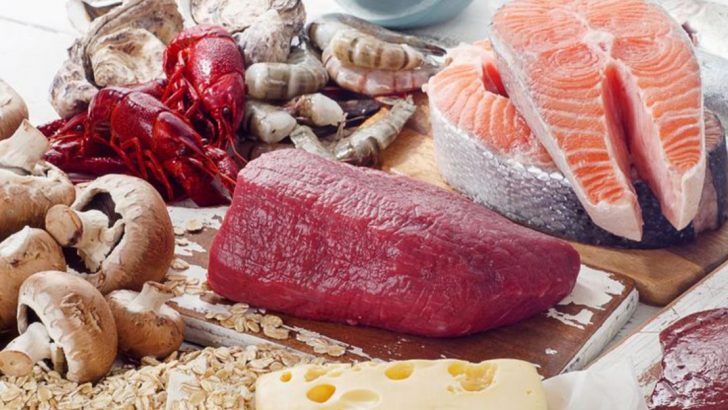Our bodies change dramatically once we hit the big five-zero, requiring some serious tweaks to our eating habits.
Scientific research shows that making strategic dietary adjustments can help manage these natural changes and potentially extend our healthy years. Ready to transform your plate and boost your well-being?
These evidence-backed eating shifts might just be your ticket to thriving in your golden decades!
1. Pump Up The Protein
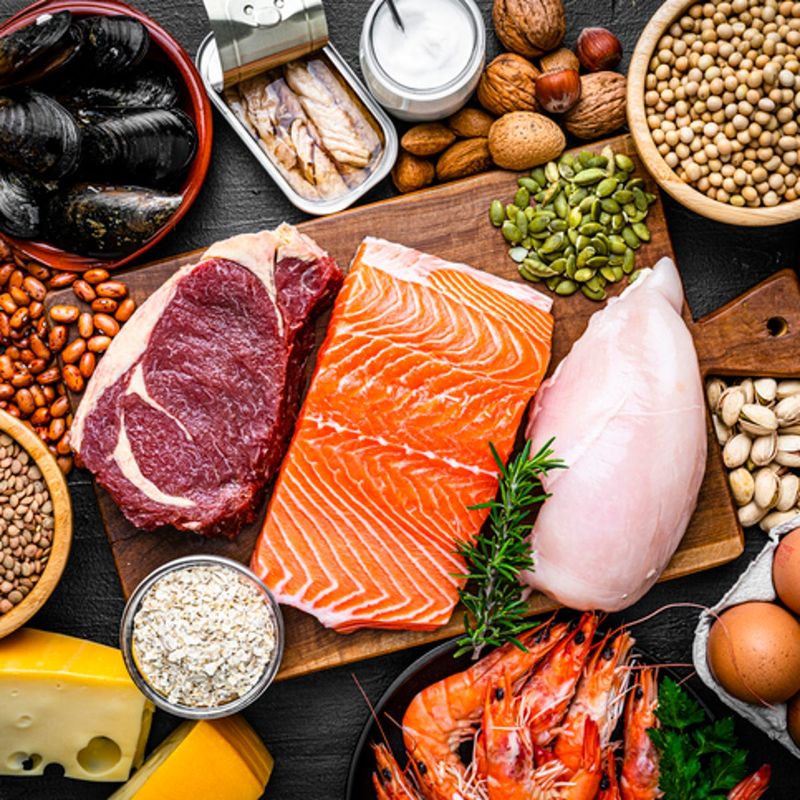
Muscle loss accelerates after 50, with most adults losing 3-8% per decade! Adding extra protein to your meals helps combat this sneaky condition called sarcopenia.
Aim for 25-30 grams per meal—think a palm-sized piece of fish or chicken plus some Greek yogurt. Your future self will thank you when you’re still carrying groceries with ease at 80!
2. Slash The Sugar
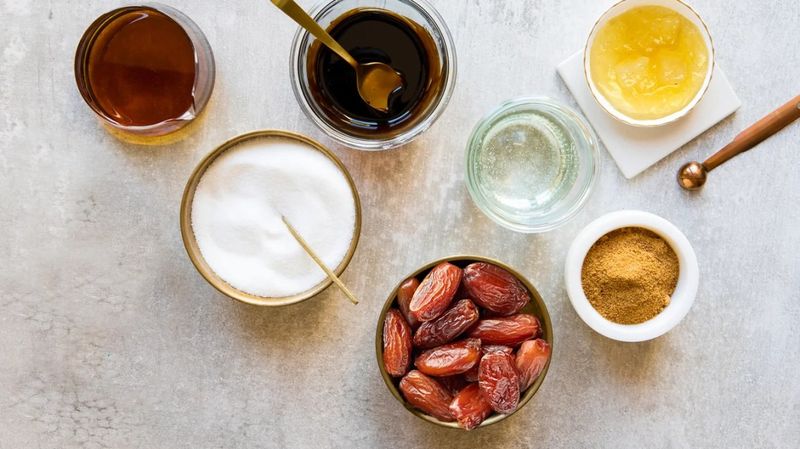
Wonder why that cookie tastes even sweeter now?
Age-related changes in taste buds often increase sugar sensitivity while metabolism simultaneously slows down—talk about an unfair combo! Gradually reduce added sugars by swapping desserts for fresh berries or dark chocolate. Metabolism changes mean those sugar calories stick around longer than they did in your thirties.
3. Embrace Calcium-Rich Foods
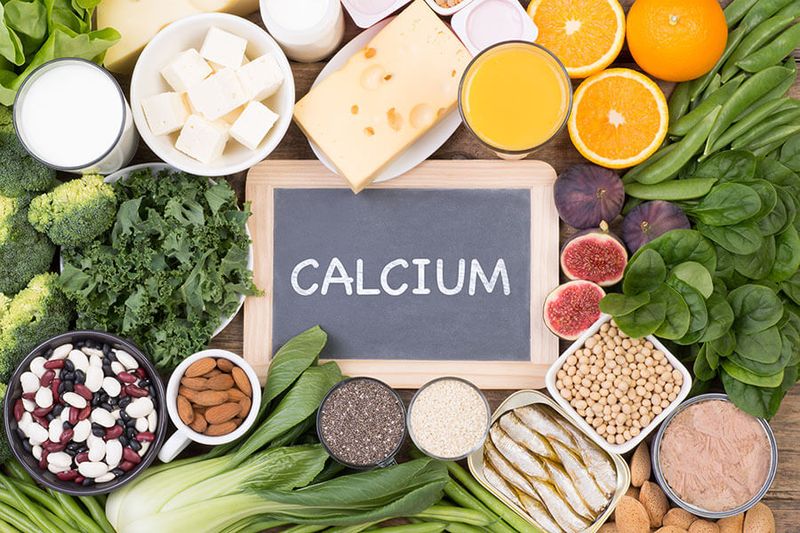
Bone density takes a nosedive after 50, especially for women post-menopause. Yikes!
Your skeleton needs reinforcements stat. Though dairy gets all the calcium glory, leafy greens like kale and fortified plant milks pack an impressive mineral punch too. Consuming 1,200mg daily through food sources helps maintain your structural framework without relying solely on supplements. Share this bone-saving tip with your friends!
4. Hydrate Like Your Life Depends On It

If your water bottle’s collecting dust, it’s time for a change! Thirst perception decreases with age, making dehydration a sneaky villain for the 50+ crowd.
Set hourly reminders if needed—your digestion, joint health, and even cognitive function will improve with proper hydration. Herbal teas and water-rich foods like cucumbers count toward your daily quota too.
5. Go Fiber-Crazy
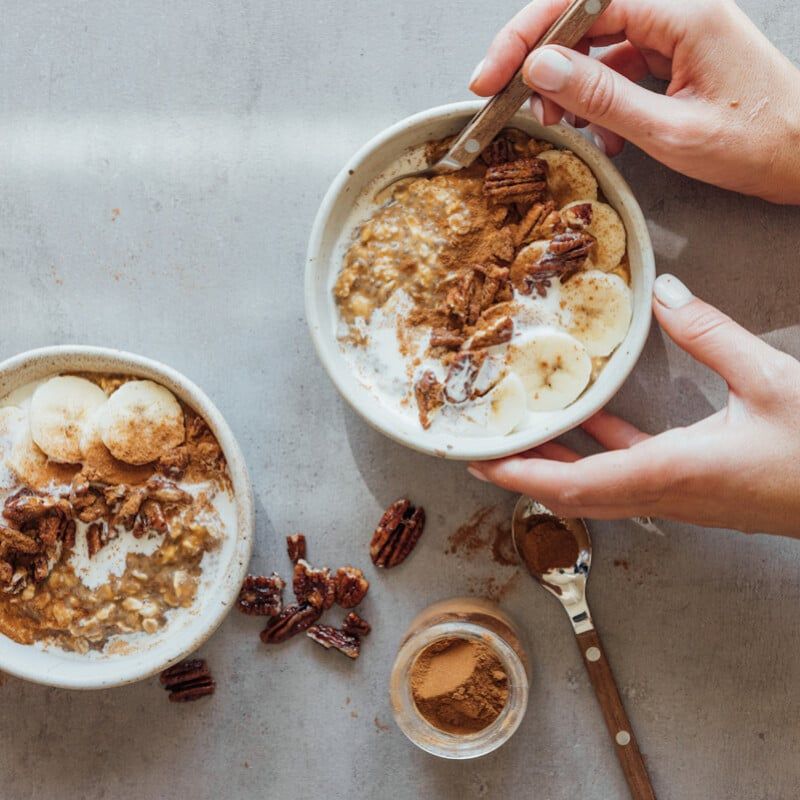
Digestive systems slow down faster than rush hour traffic after 50! Constipation becomes an unwelcome companion unless you befriend fiber.
Gradually increase to 25-30 grams daily through whole grains, legumes, and produce. A breakfast bowl of oatmeal topped with berries and flaxseeds delivers nearly a third of your daily needs. Your gut microbiome will throw a celebration party!
6. Downsize Your Portions

Basal metabolic rate drops approximately 1-2% per decade after 30—mathematical proof that those same portion sizes from your youth now contribute to middle-age spread! Try using smaller plates or dividing restaurant meals in half immediately.
Mindful eating techniques help too—put down that fork between bites and savor each flavor. Has anyone noticed how food actually tastes better when eaten slowly?
7. Make Friends With Fatty Fish

Heart disease risk climbs after 50, but omega-3 fatty acids are like your cardiovascular bodyguards! Research shows they reduce inflammation and improve cholesterol profiles. Salmon, mackerel, and sardines twice weekly deliver these protective compounds.
Can’t stand fish? Walnuts, flaxseeds, and algae-based supplements offer plant alternatives. Your arteries will be doing the happy dance!
8. Spice It Up

Taste buds throw in the towel gradually after 50—approximately 10% fewer every decade!
This explains why foods suddenly seem bland. Instead of reaching for the salt shaker, experiment with herbs and spices. Turmeric, ginger, and cinnamon not only wake up your taste buds but also offer anti-inflammatory benefits. Who knew your spice rack doubled as a medicine cabinet?
9. Schedule Strategic Eating Times
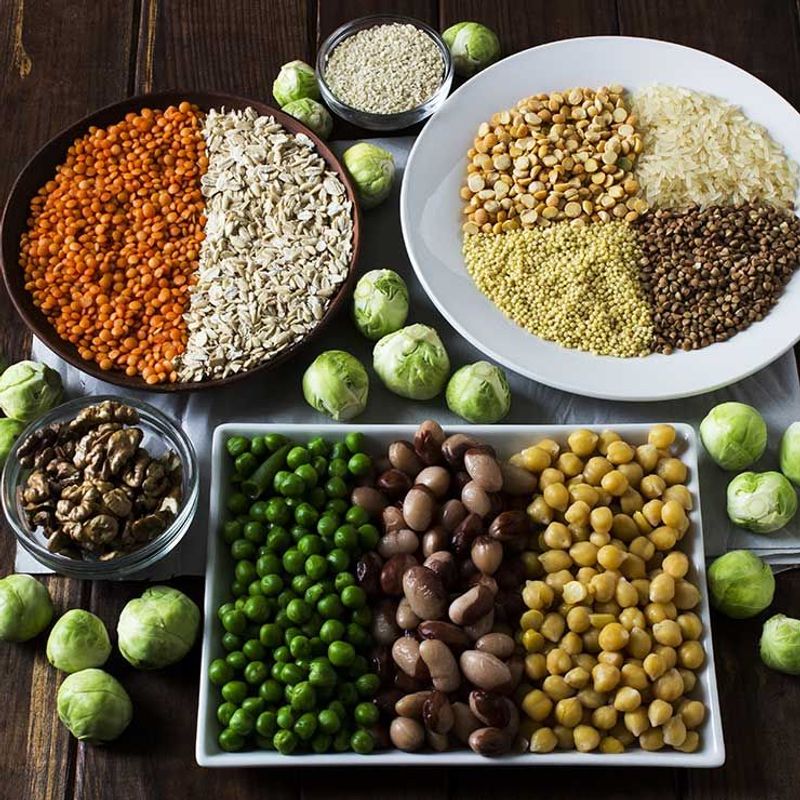
Circadian rhythms shift with age, affecting when your body processes nutrients most efficiently. Late-night noshing becomes more problematic after 50!
Front-load calories earlier in the day when metabolism peaks. Try finishing dinner by 7pm to align with natural metabolic windows. Morning protein especially helps maintain muscle mass—science says so! Consider sharing these timing tips at your next book club.
10. Befriend Fermented Foods

Gut microbiome diversity declines with age—a scientific bummer since these tiny tenants influence everything from immunity to mood!
Fermented foods to the rescue! Yogurt, kimchi, sauerkraut, and kombucha introduce beneficial bacteria that help restore balance. Even a tablespoon of these probiotic powerhouses daily can improve digestion and strengthen your immune response. Pickle fans, rejoice!
11. Cut Back On Alcohol

Margaritas hit harder after 50—and not just the hangover! Alcohol metabolism slows significantly, meaning that same glass of wine packs a stronger punch than it did decades ago.
Consider limiting intake to one drink daily or less. Red wine offers some antioxidant benefits, but even those don’t outweigh the risks of excessive consumption. Your liver, sleep quality, and brain function will all improve with moderation.
12. Load Up On Antioxidants

Free radical damage accelerates after 50, contributing to everything from wrinkles to cognitive decline. Colorful fruits and vegetables contain your best defense system!
Berries, dark leafy greens, and orange vegetables deliver powerful compounds that fight oxidative stress. Aim for at least five colorful servings daily. How about challenging yourself to include all colors of the rainbow on your plate each day?
13. Choose Healthy Fats
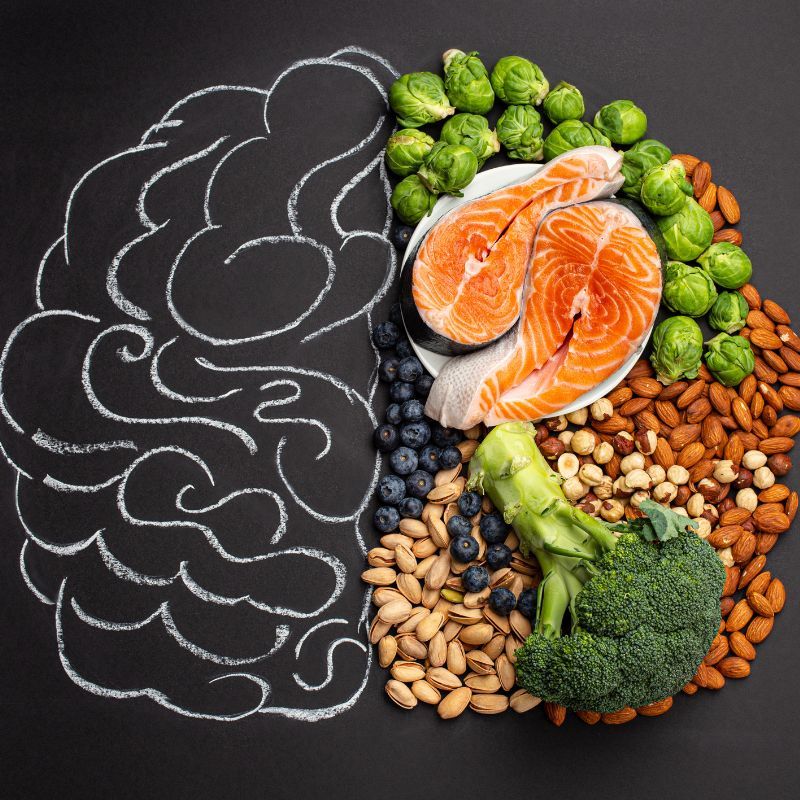
Brain health becomes a priority after 50, with cognitive changes affecting many adults. Healthy fats are your neural network’s best friends!
Avocados, olive oil, and nuts provide monounsaturated fats that support brain function. Replace processed vegetable oils with these brain-boosting alternatives. Ever noticed how Mediterranean countries have lower rates of dementia? Their fat choices play a significant role!
14. Mind Your Medications And Meals

Prescription meds and food can interact like awkward party guests after 50! Grapefruit juice, for instance, affects metabolism of many common medications.
Create a chart of your medications and their food interactions. Some need to be taken with food, others on empty stomachs. Certain nutrients like vitamin K can interfere with blood thinners. Consult your pharmacist for personalized guidance—they’re medication interaction experts!
15. Consider Vitamin B12 Supplementation
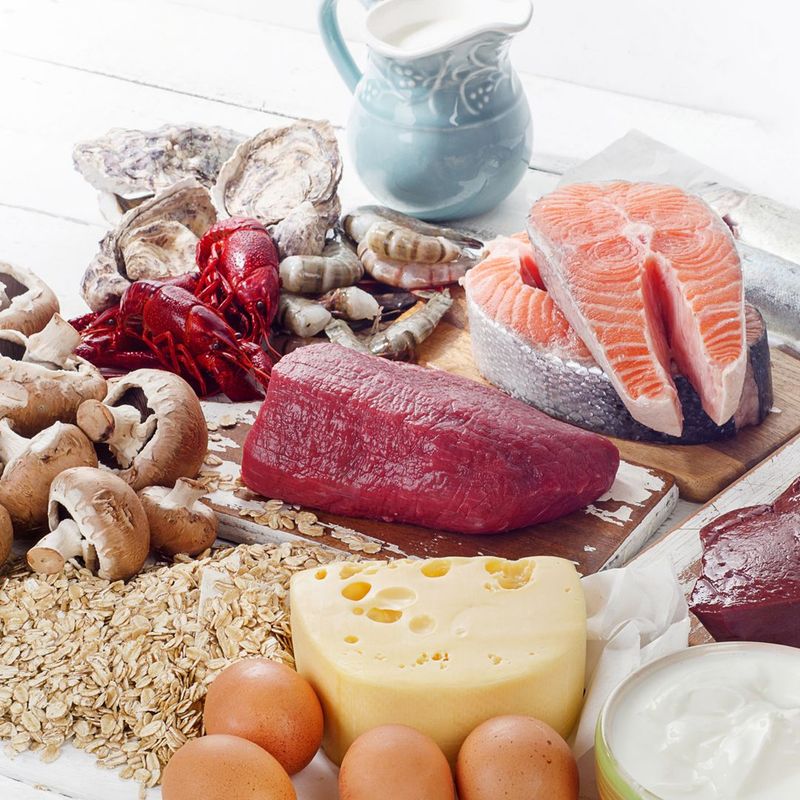
Up to 30% of adults over 50 struggle to absorb B12 properly due to decreased stomach acid production. Sneaky deficiency symptoms include fatigue and brain fog—often mistaken for “just getting older.” Fortified foods and supplements can bypass absorption issues.
Animal products naturally contain B12, but supplementation ensures adequate levels. Energy levels, nerve function, and mood all depend on this crucial nutrient. Don’t let B12 deficiency slow you down!

